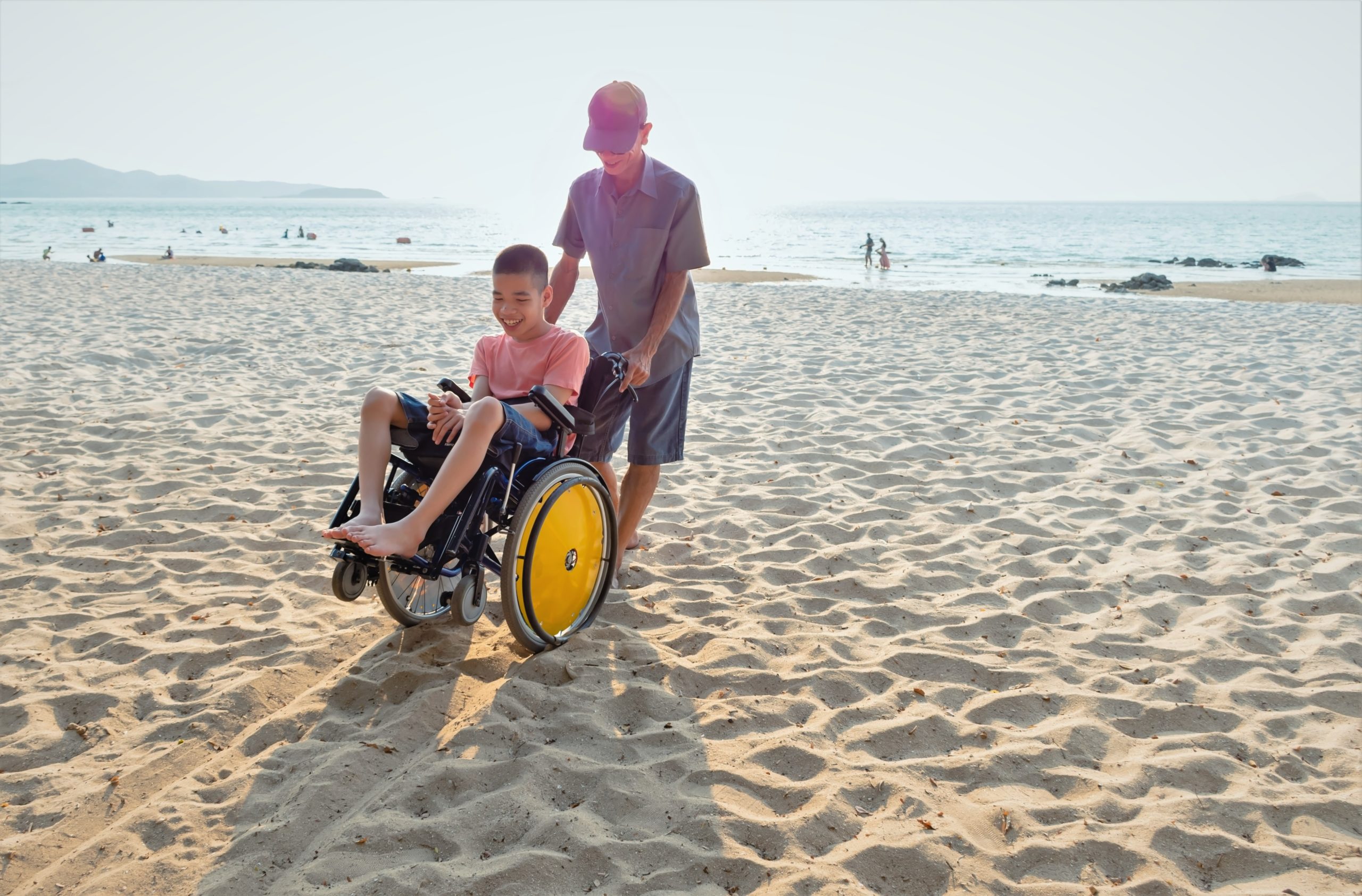Quality of life: What is it, really?
When we think of quality of life, what are we thinking about? Is it how happy we are? How much support we have? How easily we are able to meet our needs? Understanding someone’s quality of life can be more nuanced than simply if they are happy or unhappy, particularly in the disability space. The world health organisation (WHO) defines quality of life as “an individual’s perception of their position in life in the context of the culture and value systems in which they live and in relation to their goals, expectations, standards and concerns”. Lots to it, huh?
Let’s break it down. We start with the person whose life it is, they are the only person who can decide what their quality of life is. Each of us have different needs, wants and preferences on how we want to live. Not to mention different ideas on what a ‘good life’ looks like. Then we start to think about culture and values which add in more layers of context. Different cultural backgrounds and different experiences in early life can change a person’s perspective of what is acceptable to them. Then we bring in the final piece, their current goals, expectations, and concerns. This part relates more to where a person is now and where they want to be and can be measured with tools like the personal wellbeing index, and WHO quality of life assessments.
Why is understanding quality of life important?
There is a big focus on measuring and improving quality of life in the NDIS space, even more so where there are challenging behaviours occurring. This is because we know that it is more likely for people with disabilities to experience all kinds of abuse, lower levels of health, greater challenges financially and socially as well as be lacking a sense of control over their own life, often times having all decisions made by caregivers. This often results in people with disabilities experiencing a lower quality of life. Enabling a person to identify what a good life looks like to them, helps align supports to the areas that will improve their quality of life, from their perspective.
Why is improving quality of life important?
Improving quality of life means having a greater level of satisfaction with life! Who wouldn’t want that?! We are all striving to be happier and have more fulfilling lives, people living with disabilities are no different. Within the context of challenging behaviours, we know that increasing quality of life will often reduce the occurrence of challenging behaviours (Carr, Horner, et al., 1999; Koegel, Koegel, & Dunlap, 1996) making it super important for us to identify what areas of quality of life may be impacted at any given time and how they could relate to the challenges someone is experiencing. Not only improving the quality of life of the person but all of the people in their life!
Each person is the only one who can make the call on what good quality of life looks like to them. Take the time to find out what this means for yourself, your friends, family and the people you work with. Improving one person’s quality of life is good for everyone!
About the author
Alyssa is the Positive Behaviour Support Clinical Excellence Lead at KEO Care. Her behaviour journey started working in behavioural intervention in the peadiatric autism space before moving into teen co-morbid disability and mental health, parenting support and eventually adult and older adults in the PBS space. Alyssa now works in the community NDIS space, supporting people of all ages and abilities with a goal of improving quality of life for the participants she works with and their support teams while reducing and removing restrictive practices.
